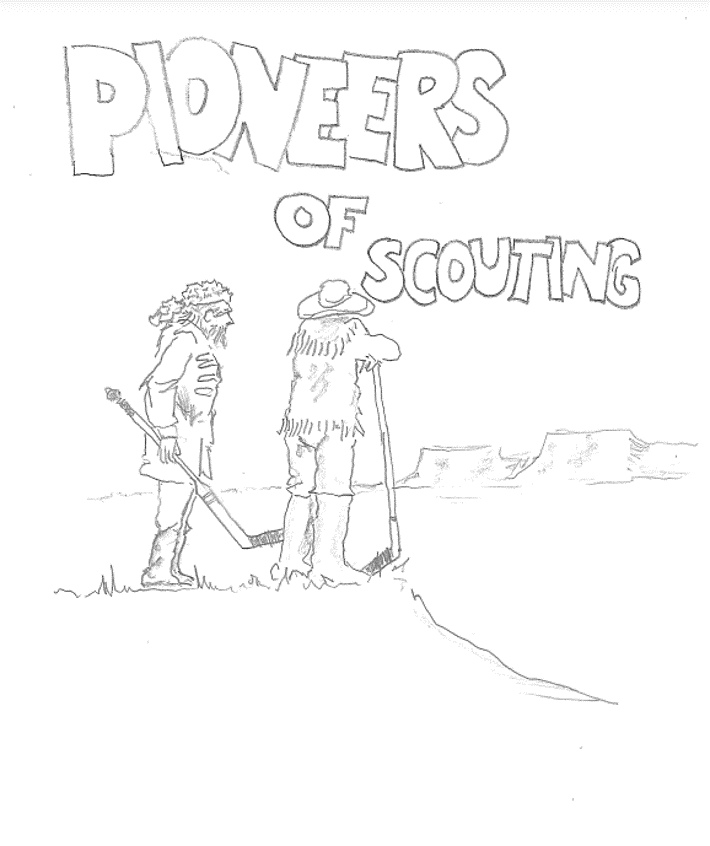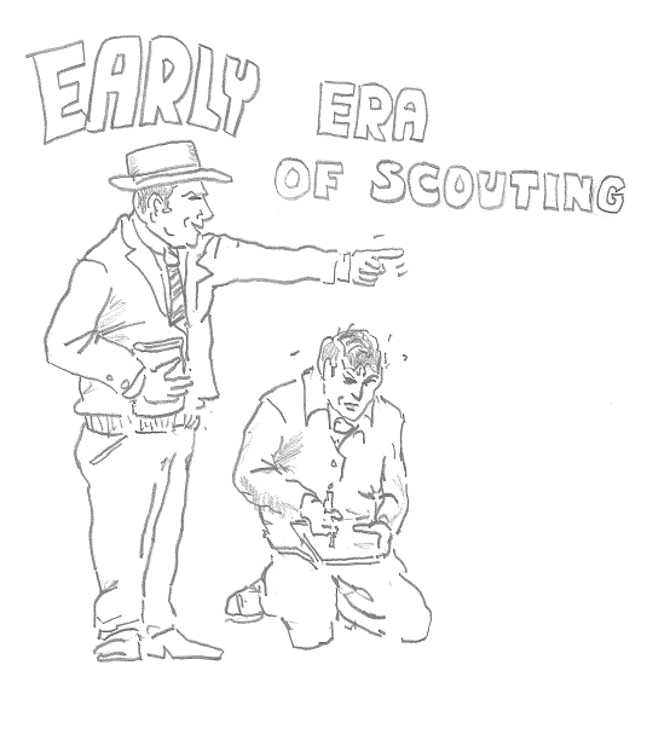How it Began…
Our Wall of Honor
Our foundation originated because of a desire to create a Western Canada Professional Hockey Scouts Wall of Honour. This emerged from discussions among present-day scouts, all of whom wanted to honour the more senior scouts from Western Canada who had worked in the NHL through the early-1960s and into the late-‘80s. It was felt that these individuals deserve to be acknowledged and honoured by the scouting fraternity for the friendships, efforts and contributions they had made to hockey during their many years of service. Thus, it was decided to design a Wall of Honour as a permanent display that would pay tribute to all of these scouts.
Once that decision was made, the next step was to find a venue that would partner with our foundation and play host to a permanent video display for our Western Canada Professional Hockey Scouts Wall of Honour. The Okotoks Centennial Arena turned out to be the perfect location with the Town of Okotoks, located 38 km south of downtown Calgary and home to the AJHL’s Oilers, graciously accepting our proposal to join us in our undertaking.
Our group then decided to expand on our blueprint and to establish a foundation with the mandate of assisting individuals, charities and communities associated with the game of hockey that might require support and/or financial assistance.
The necessary measures have since been taken to get our foundation up and running. With a collection of dedicated volunteers having given of their time and efforts, we were able to establish the base to our foundation and create our website. We also have made plans for future endeavors.
We hope this website will provide the public with some insight into the history of the scouting profession and the significant role scouts play within the hockey industry.
We appreciate your support and interest in this website and in our foundation’s future endeavors.






